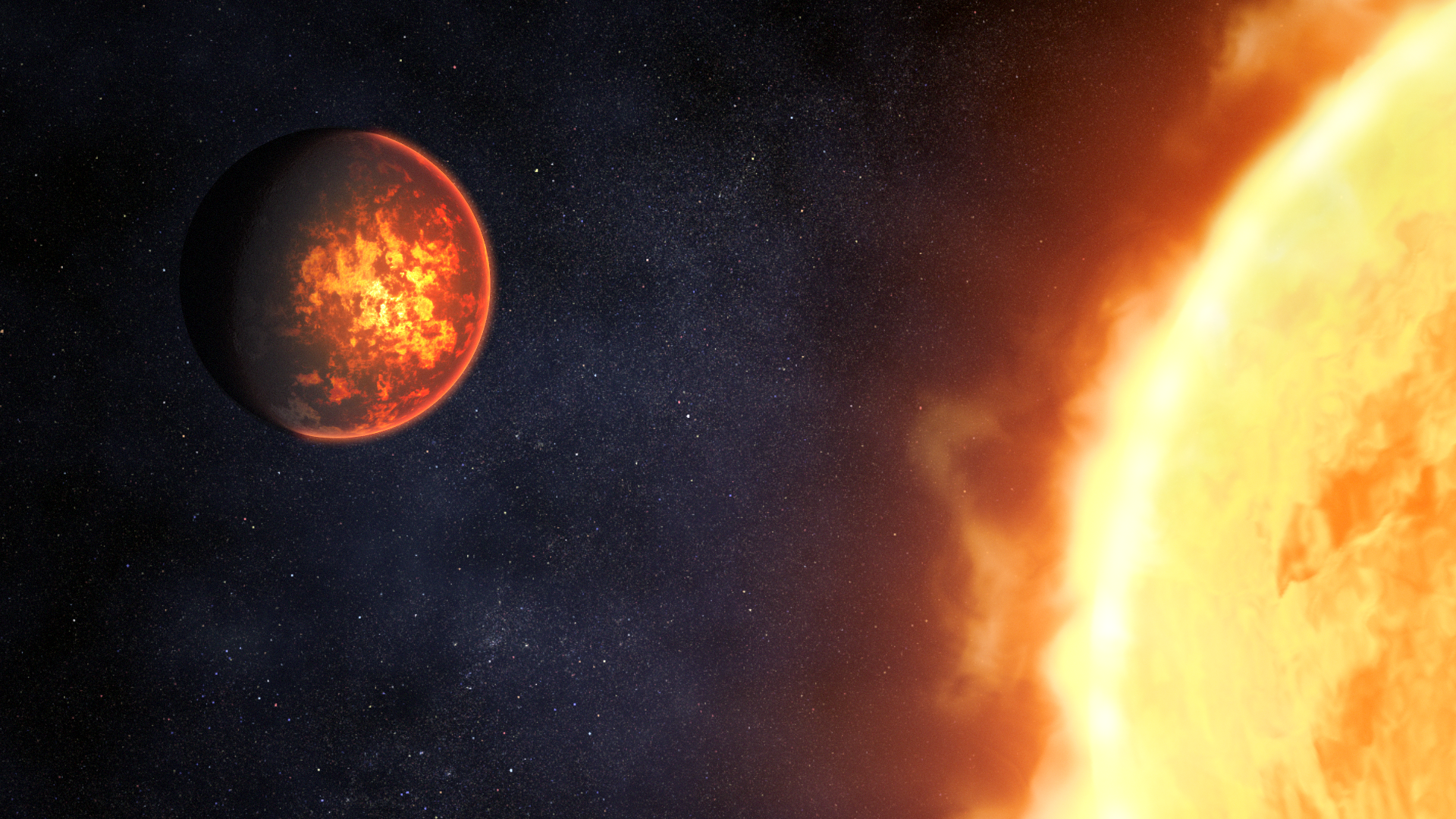James Webb Space Telescope will let us look at ‘super-Earth’ that rains lava
It will also examine a distant world where there is no atmosphere at all

Your support helps us to tell the story
From reproductive rights to climate change to Big Tech, The Independent is on the ground when the story is developing. Whether it's investigating the financials of Elon Musk's pro-Trump PAC or producing our latest documentary, 'The A Word', which shines a light on the American women fighting for reproductive rights, we know how important it is to parse out the facts from the messaging.
At such a critical moment in US history, we need reporters on the ground. Your donation allows us to keep sending journalists to speak to both sides of the story.
The Independent is trusted by Americans across the entire political spectrum. And unlike many other quality news outlets, we choose not to lock Americans out of our reporting and analysis with paywalls. We believe quality journalism should be available to everyone, paid for by those who can afford it.
Your support makes all the difference.The James Webb Space Telescope will examine two hot ‘super-Earth’ planets, one with oceans made entirely of lava.
Nasa announced that the research, which will be published this summer, will focus on two rocky worlds: the lava-covered 55 Cancri e and the airless LHS 3844 b.
Floating in space 1.5 million miles from its sun, a year on 55 Cancri e lasts only 18 hours. One side of the planet faces its star at all times – called a ‘tidal lock’ - which usually suggests that the amount of heat the planet experiences should be relatively consistent.
For 55 Cancri e, however, this does not seem to be the case; the hottest region on this scotching world is offset from the part facing its star.
One explanation for this could be that the strange world has a dynamic atmosphere which is moving the heat around. “55 Cancri e could have a thick atmosphere dominated by oxygen or nitrogen,” explained Renyu Hu of Nasa’s Jet Propulsion Laboratory in Southern California. If it has an atmosphere, [Webb] has the sensitivity and wavelength range to detect it and determine what it is made of.”
There is another proposal: that 55 Cancri e is not tidally locked. Instead, it may act like Mercury – rotating three times for every two orbits, and moving the heat that way. “That could explain why the hottest part of the planet is shifted,” explained Alexis Brandeker, a researcher from Stockholm University. “Just like on Earth, it would take time for the surface to heat up. The hottest time of the day would be in the afternoon, not right at noon.”
Scientists plan to measure the heat on 55 Cancri e over four different orbits to check for its resonance, with the expectation that the surface would heat up, melt, and possibly vaporize during the day, forming a very thin atmosphere that Webb could detect.
In the evening, the vapor would cool and condense to form droplets of lava that would rain back to the surface, turning solid again through the night.

The other planet, LHS 3844 b, does not have the same scotching temperatures due to its comparatively small stature – but that does give scientists the opportunity to analyse solid rock on another world, as the planet is unlikely to have a thick atmosphere.
“It turns out that different types of rock have different spectra,” explained Laura Kreidberg at the Max Planck Institute for Astronomy. “You can see with your eyes that granite is lighter in colour than basalt. There are similar differences in the infrared light that rocks give off.”
The team will capture the thermal emission spectrum of the day side of LHS 3844 b and then compare it to spectra of known rocks, like basalt and granite, to determine its composition.
These observations will help scientists know what the early Earth was like, and possibility give new insights into exploring foreign worlds. Right now, there are over 5,000 exoplanets that have been discovered in our galaxy — and scientists believe it could host hundreds of billions of exoplanets in total. Some of those billions of worlds could host life.
Join our commenting forum
Join thought-provoking conversations, follow other Independent readers and see their replies
Comments